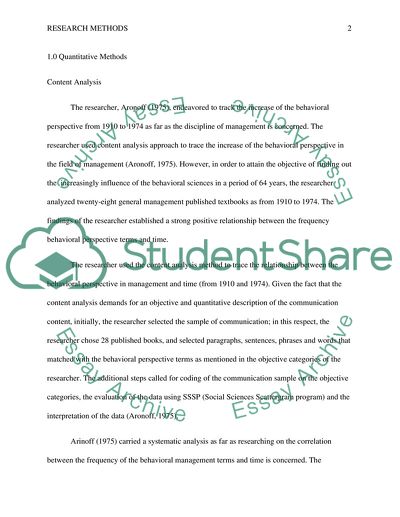Cite this document
(The Quantitative and Qualitative Research Methods Assignment, n.d.)
The Quantitative and Qualitative Research Methods Assignment. Retrieved from https://studentshare.org/science/1654848-reflective-papers-rp-8-articles-summary
The Quantitative and Qualitative Research Methods Assignment. Retrieved from https://studentshare.org/science/1654848-reflective-papers-rp-8-articles-summary
(The Quantitative and Qualitative Research Methods Assignment)
The Quantitative and Qualitative Research Methods Assignment. https://studentshare.org/science/1654848-reflective-papers-rp-8-articles-summary.
The Quantitative and Qualitative Research Methods Assignment. https://studentshare.org/science/1654848-reflective-papers-rp-8-articles-summary.
“The Quantitative and Qualitative Research Methods Assignment”, n.d. https://studentshare.org/science/1654848-reflective-papers-rp-8-articles-summary.


